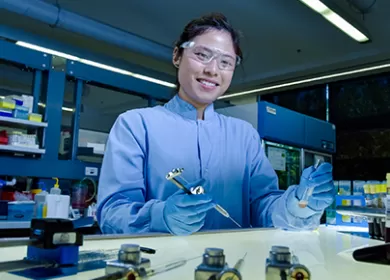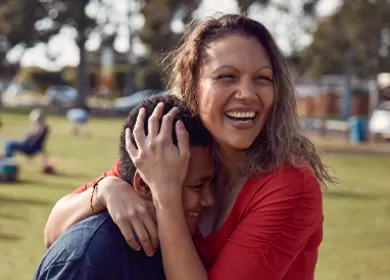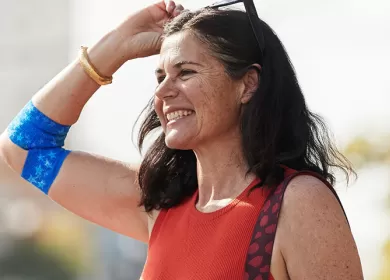Blood donor research? What’s that?
It’s a question we face, every time we meet someone new: ”Blood donor research? What’s that?”. When we tell someone we work as researchers at the Australian Red Cross Lifeblood, we usually get the “right, blood…” comment, expressed with varying degrees of confusion and discomfort. But rather than blood itself, our team’s work focusses on the most important part of the donation process: the donor.
Donor Research is one of a number of research areas of the Australian Red Cross Lifeblood. We are a team of psychologists, public health researchers and statisticians, and we investigate questions such as what motivates a person to give blood, what factors can stop a person giving blood, and how can we improve the safety of blood donation?
So what do we actually do?
Donor behaviour
Our Donor Behaviour research stream looks at ways we can improve the donation process for donors, make it easier for people to return to donate, develop new ways of finding new blood donors, and inform donors about different donation types and processes.
We know that if you have never donated blood, you may have lots of questions about the procedure, donation types, and if the needle will hurt. In one of our studies, we developed a new brochure addressing a number of factors that can increase feelings of anxiety around blood donation. We sent it to a large number of new donors and we found that the brochure increased the number of people attending their donation appointments and it demystified the donation process for many.
But if you are already a blood donor, finding the time to donate is the biggest hurdle. Busy lifestyles, travel, and work commitments can prevent a person from coming back to donate and often lead to them to disappear for a long period of time. We are developing strategies to improve donor return by looking at donor’s experiences, their communication preferences, and what would make it easier for them to keep donating.
Health and wellbeing
Along with looking at the behaviour of our donors, we investigate ways to improve their wellbeing during a donation and the impacts donating blood may have on their health.
We know that the scariest part of donating blood is the needle and any associated pain. Our team looks at ways to reduce pain experienced during donation by implementing new devices or strategies. For example, at the moment we are setting up a safety trial to assess an anaesthetic device which can numb the area before inserting the needle. This would be a great way to improve the donation experience and we hope it will increase the number of donors returning.
We also research short and long term health outcomes of blood donation. Some donors may feel faint during their donation and we have developed new donor education materials to teach donors how they can prevent these reactions. Women of childbearing age are at risk of having low iron stores and this effect can be increased by donating red blood cells frequently. But how does this reduction in iron influence a donor’s health over a longer period of time? To answer this question and others, we have set up a collaboration with the Sax Institute to look at health outcomes in a sample of people aged 45 years and over in New South Wales. This is an exciting new area in which not a lot of work has been done.
Enough about us
So next time someone asks us “what do you do for work?” we will say “We make it easier for people to save lives”.






